by Irma Havlicek
Powerhouse Museum Online Producer

In my last post, I showed you photos of Blackie the mule who helped with carrying supplies – in particular the geophysical equipment – to and from Zagora.
In the last weeks of the 2012 season, building works began on the old dig hut which had no door, a dirt (sometimes mud) floor, and part of its corrugated iron roof missing. This work is being done to make the building secure and weatherproof. It will transform the dig hut into site headquarters for proposed future archaeological seasons at the site.
For this work, a team of horses, mules and men was required to bring building materials down to the site. As well as pictures of the horses and mules, there is short video (1 minute 29 seconds) of the simple but ingenious contraption which was used to deliver material for mixing up mortar – a wooden or metal box at each side of the mule or horse, which could be opened from the bottom, so the sand or other material poured out in a pile on each side of the creature. Scroll down to see the video.
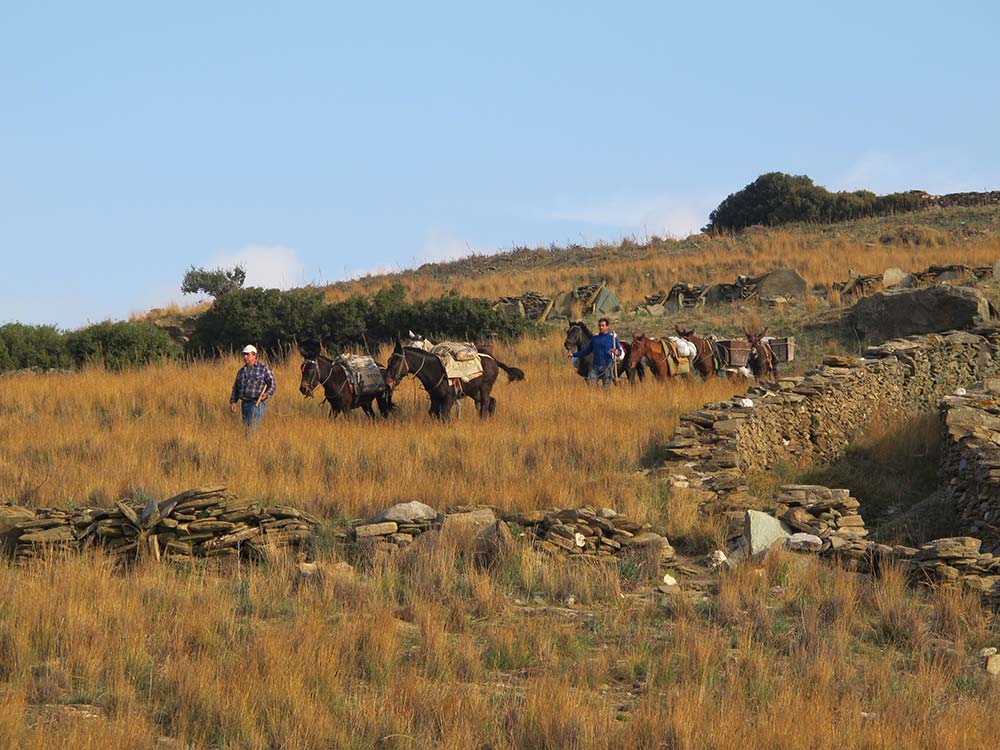
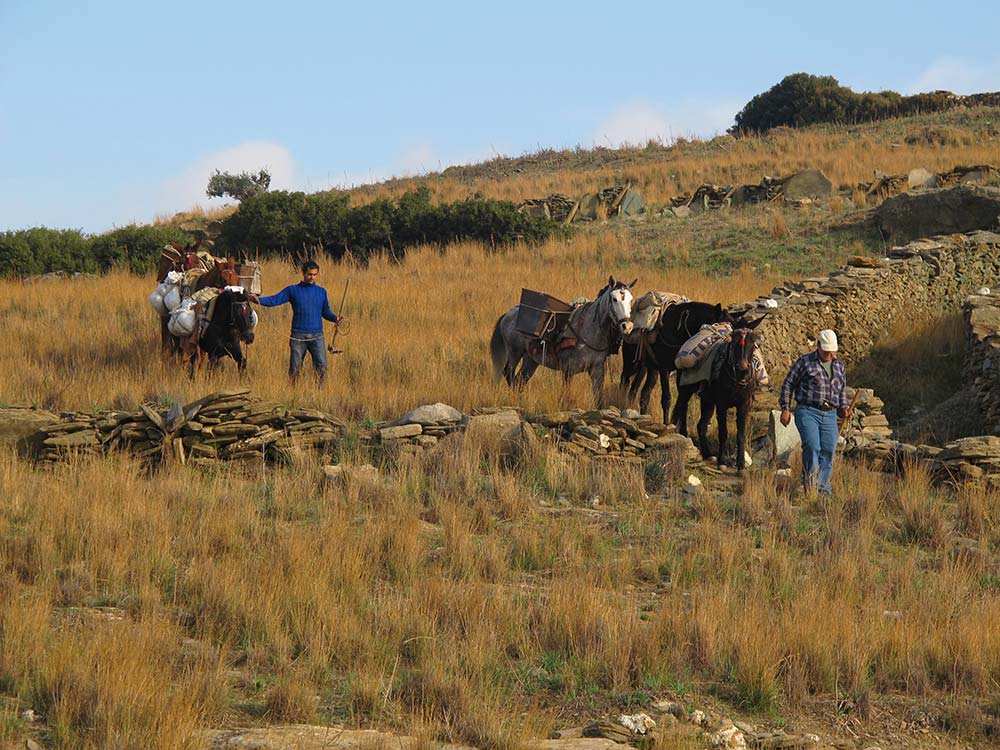
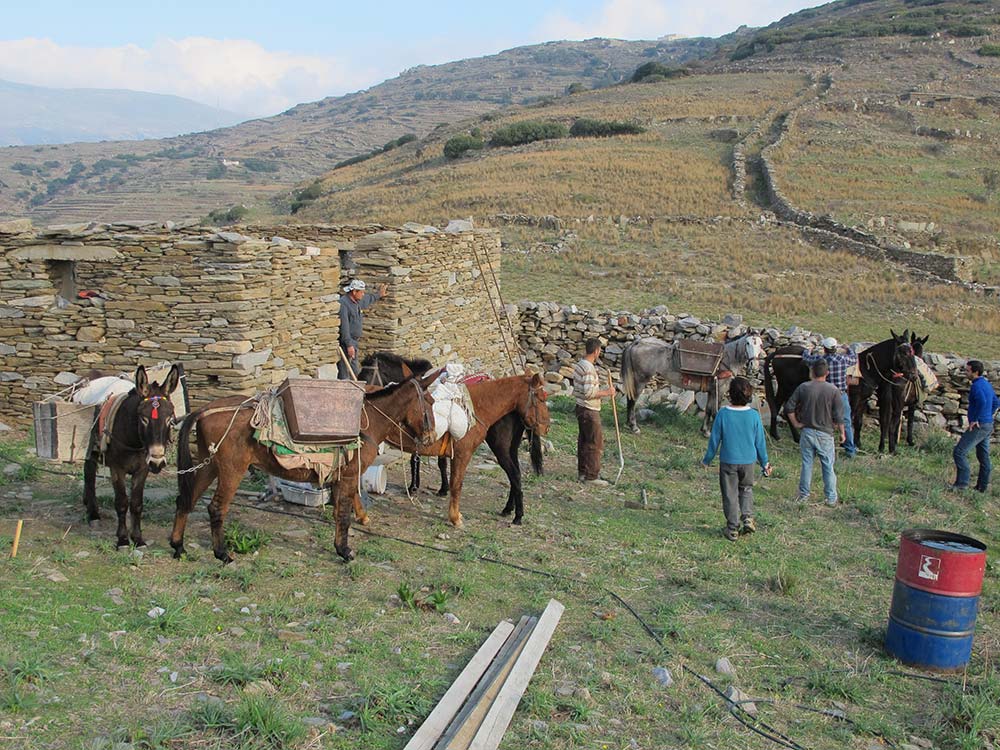
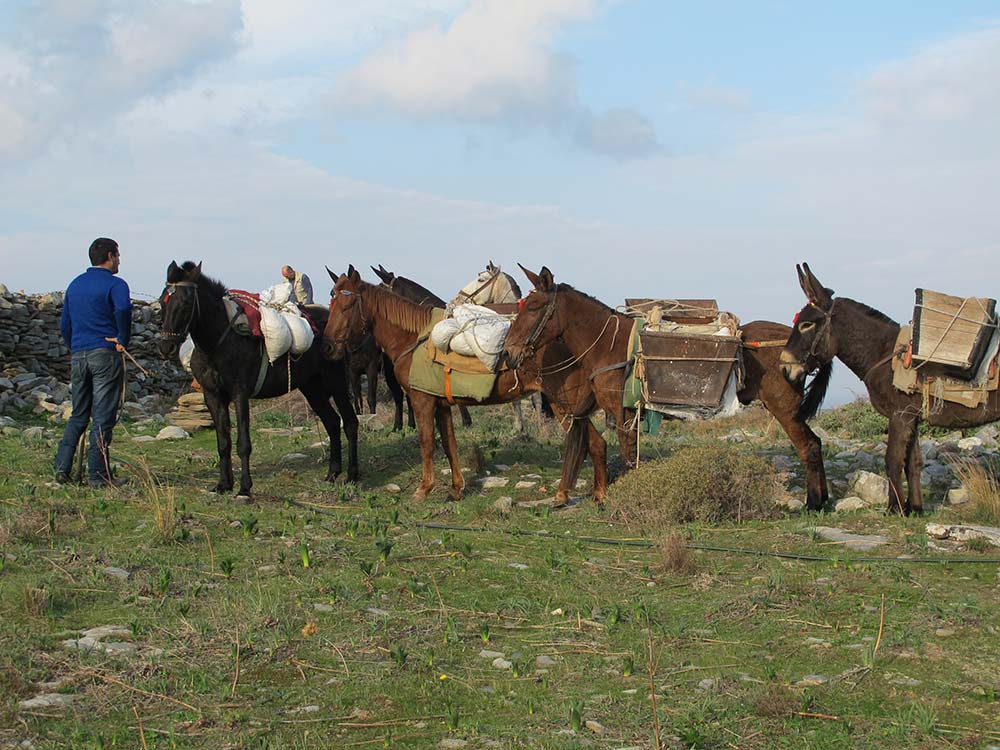
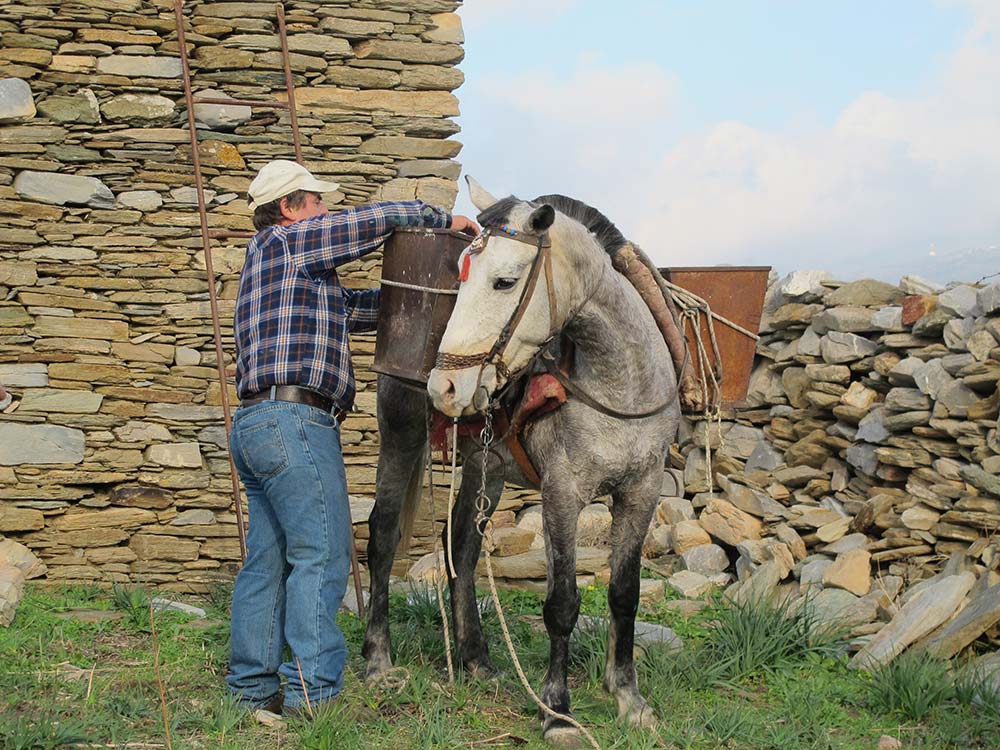
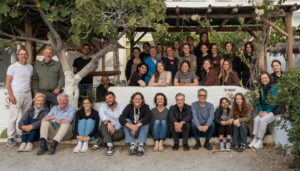
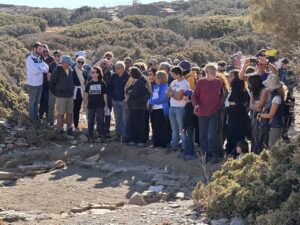
2 thoughts on “Mules and horses – some traditional techniques at Zagora”
Hi, I’m editor of the Queensland Friends of the Australian Archaeological Institute at Athens newsletter.I’m just catching up with the project and your blog.I’ll spread the news about the blog to our members.Do you mind if I report on some of the activities on the site for those members who don’t have the internet or don’t use social media?
The site looks wild and isolated.
Hi Chris
It would be great if you would spread the word for us. Please could you include our web address so those of your members who do use the web could access the site and blogs. Feel free to contact me if you would like me to provide you with any photos or if you’d like further info – zagora[at]phm[dot]gov[dot]au. (Please could you credit photos as they are credited on the website.)
You are right: the site is wild and isolated, with wild winds and many thorny plants – but it is also supremely beautiful. It’s a fascinating journey trying to discover how life was lived at Zagora during the settlement. Thanks for your interest!